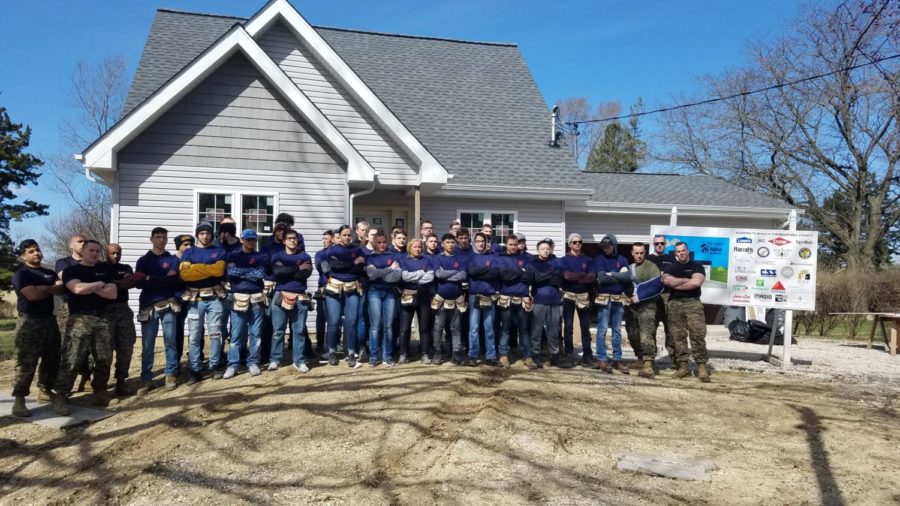Police officers and the media today
May 22, 2019
It’s human nature to judge someone based on observations, and police officers face this dilemma daily. They approach the scene with little-to-no background knowledge about the people they interact with.
With movements and the media recently showing how one wrong response can lead to a series of negative outcomes, tensions continue to grow and affect the community. Campus monitor Darren Glover is a retired officer who is aware of this.
“In law enforcement, we go from call to call to call, so we have to keep the mindset that every call is different,” Glover said.
The media, civilians and politicians often ask what extent do law enforcement officials hold this view? The public has questioned this view for centuries, but especially since the shooting of Ferguson in 2015.
Marc Lamont Hill, author of the book Nobody, gives a prime example of the way this mindset can affect situations by describing the words used by an officer describing Michael Brown, a black teenager he had shot and killed.
“It. Not him, not Brown, not the teenager, not even the perp. Wilson told the grand jury that he had shot at It,” Hill said
Officer Darren Wilson decided to act too quickly, in Hill’s eyes, and a boy lost his life. He fired 12 rounds at what he deemed was a threat, and his intention was, as Hill put it, “not mere incapacitation; it was execution.”
With the recent advancements made in technology and the media, anyone can view the news on a wider scale.
When Laquon McDonald was killed in October of 2014 in Chicago by officer Van Dyke, the public had access to the story. When the video released, “showed [McDonald] crumpling to the ground in a hail of 16 bullets,” some people were enraged by what they viewed.
“Ahead of the verdict, the city prepared for the possibility of the kind of massive protests that followed the release of the video in November 2015, with an extra 4,000 officers put on the streets,” an article from AP News stated that same year.
The media has control of the stories that get distributed and the response it wants to receive. In turn, a main consequence is people view the subject the way the media portrays it and normally settles for that, even though every case is different.
Philando Castile’s life was taken due to this misunderstanding, and a lot of people witnessed it live on Facebook.
An article from Vox published in 2017 recounts the situation.
“In July 2016, after telling a Minnesota police officer that he was carrying a legal firearm when he was pulled over, Philando Castile was shot while reaching for his wallet.”
“There’s no special place, in any profession, where you get an employee that’s perfect. There’s no special place in law enforcement, teachers, doctors, there’s always going to be an individual that has an issue. The same thought on the law enforcement side is everyone is not a criminal,” Glover said.
Junior Trinity Allen and retired police office & camplus monitor Art Svehla, share a similar perspective. In order to defuse the situatio, as Svehla said, “listening to both sides of the story” is needed.
“The best way is to not make assumptions and to stay calm on both ends,” Allen said.
There is no clear-cut answer to the world’s problems regarding the police, the media and race relations today. However, taking the time to understand situations a bit more, as well as ephasizing communication, according to Hill, could lead to deescalating problems down the road.


